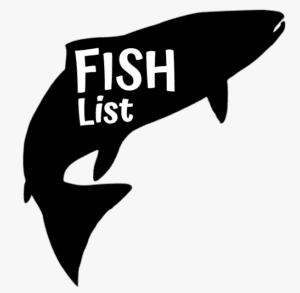The BABS FISH List
Here is a complete description of what the FISH List is about and why it can be an important draft tool.
The current FISH List is based on a 15-team league. The Excel version allows you to enter your own league size (in cell B1) and the results are recalculated. You'll then just have to re-sort the list, first by ascending FISH ranking (column D) and then by ascending Risk cost (column X). This secondary source is different from past years but I believe it provides a truer picture of the draftability of players in each round. Since most players in each draft round are essentially interchangeable, this view allows you to better set targets based on your risk tolerance.
Short summary:
We should be ranking players based on the optimal spot in the draft when we are comfortable rostering them. If it's the 6th round, we should have a list of players who are optimal 6th-round buys, regardless of what the marketplace says or how many players fit that round. So those "6th rounders" might include:
- Players who we consider as having par value in the 6th round.
- 7th rounders who we project to have 5th round value and we would be happy to get in Round 6.
- Players who we believe are overpriced in the 4th round but who we would consider drafting if they dropped to us in Round 6.
All of those players would be listed on our cheat sheet as 6th round targets. There might be 12 of them, or 20, or 5.
The Rules of FISH:
- If a player's BABS marker and ADP are the same, slot him in that round.
- If the BABS marker is one round earlier than the ADP, then slot him into the BABS marker round.
- If the BABS marker is two or more rounds earlier than the ADP, then slot him in two rounds before his ADP.
- If the BABS marker is one round later than the ADP round, then slot him into the ADP round.
- If the BABS marker is two or more rounds later than the ADP, then slot him in two rounds after his ADP.

